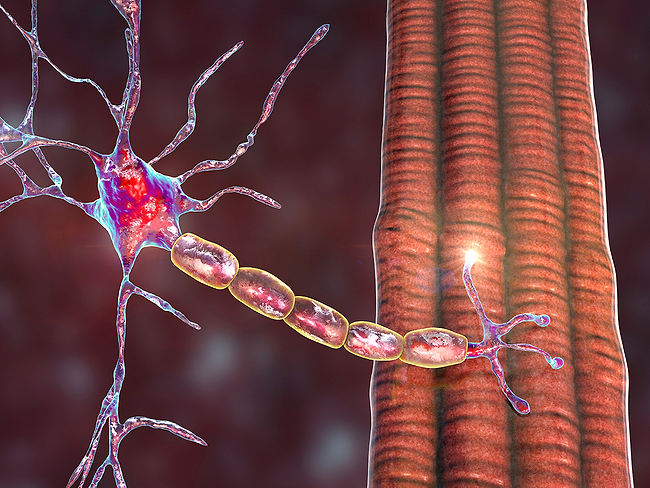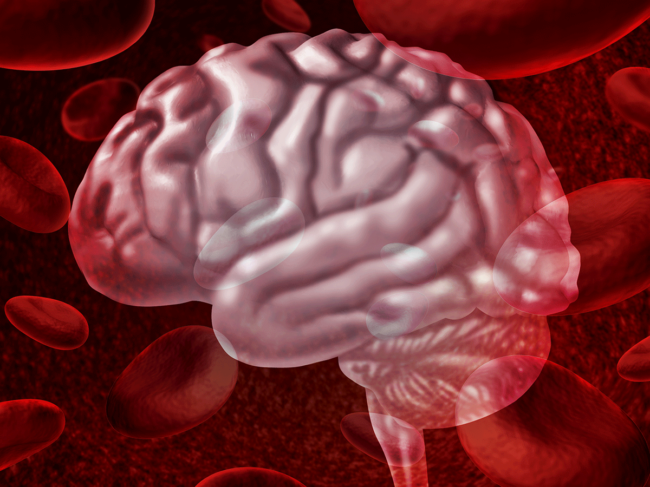
Neurology/psychiatric, BioWorld Science
Neurology/psychiatric
Lipin-1 decline promotes axonal regeneration after spinal cord injury
Read MoreNeurology/psychiatric
Centessa’s orexin OX2 receptor agonist promotes wakefulness in marmosets
Read MoreNeurology/psychiatric


